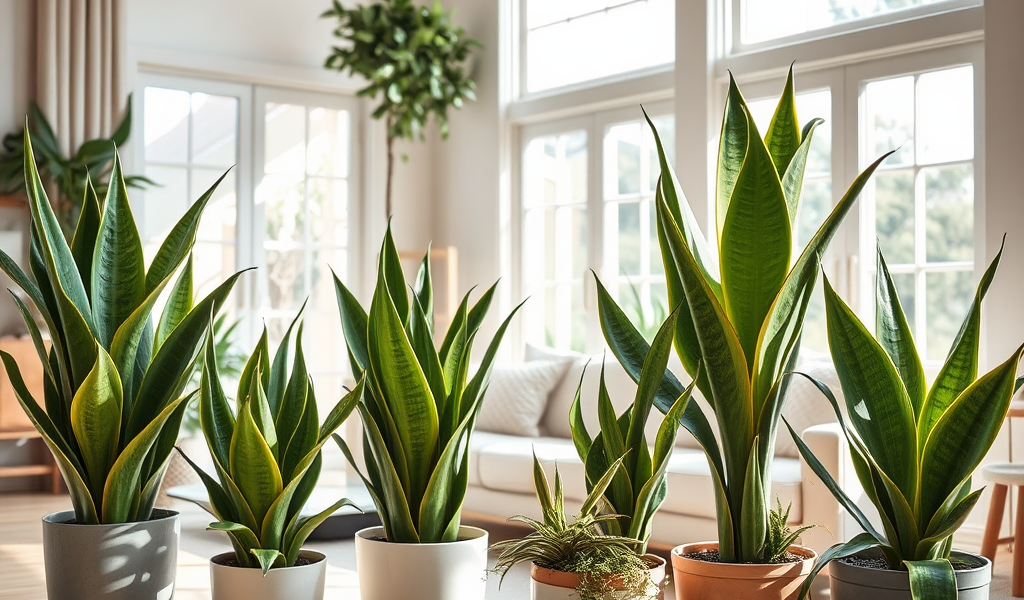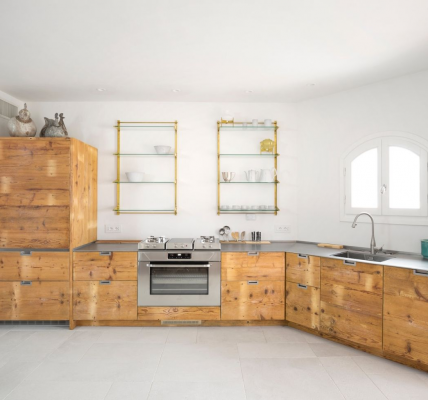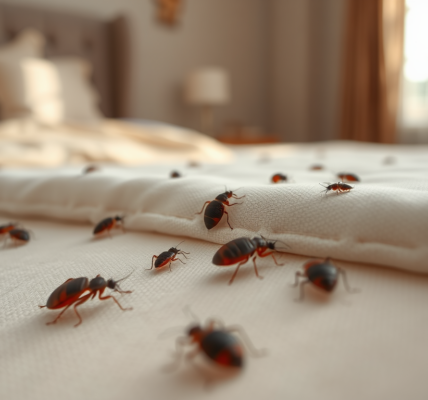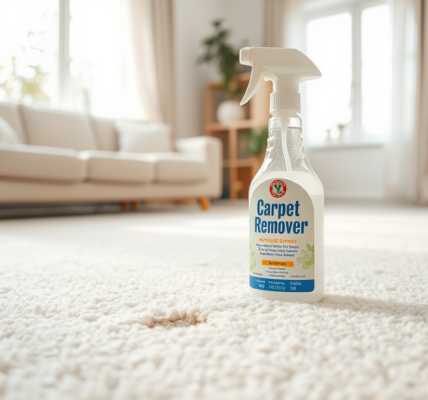Imagine walking into your home and being greeted by a lush array of greenery, where vibrant life flourishes within your walls. Creating an indoor jungle is an art; it goes beyond mere decoration and weaves nature into the fabric of your living space. Snake plants, with their striking beauty and impressive resilience, are the perfect companions for this undertaking. Their leaf patterns, echoing a wild and untamed spirit, and their ability to adapt to varying light conditions make them a favorite among plant enthusiasts. Moreover, they’ll contribute to a healthier environment, breathing life into your rooms while requiring minimal effort from you. Let’s explore how to incorporate these fabulous plants into your space effectively.
Benefits of Snake Plants
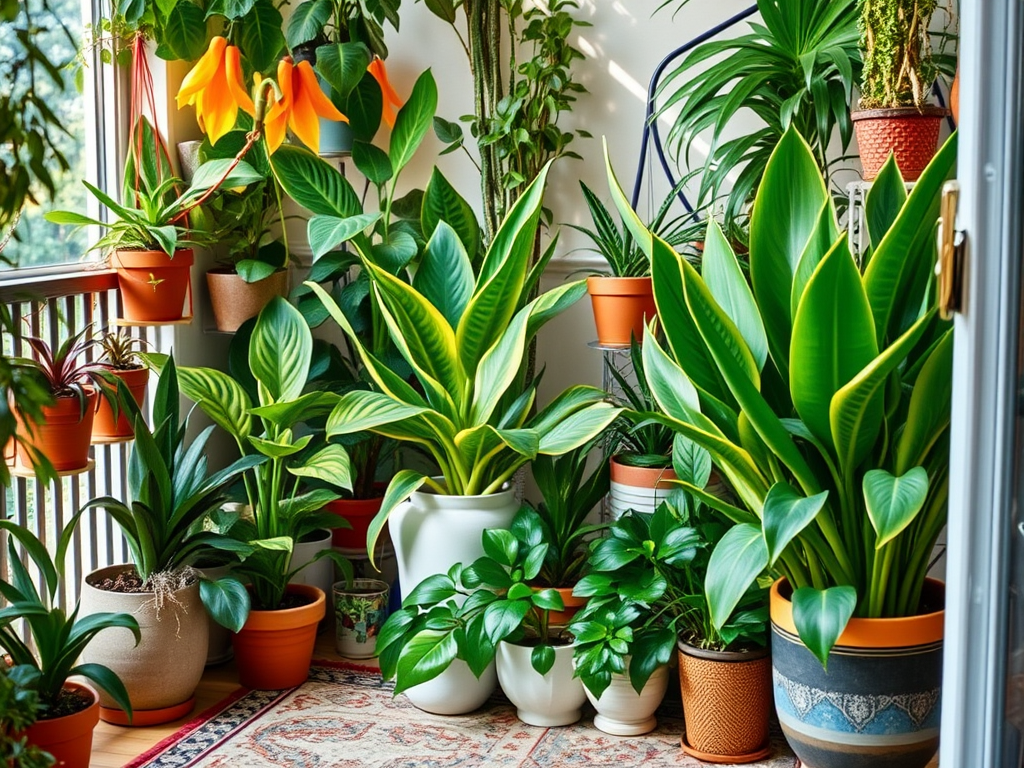
When considering elements to include in your indoor jungle, the advantages of snake plants stand out prominently. First and foremost, snake plants are champions of air purification. They absorb harmful toxins from the air and convert carbon dioxide into oxygen, crucial for enhanced indoor air quality. This makes them ideal for homes, especially in urban settings where pollution might seep indoors. Additionally, their ability to thrive on neglect makes them perfect for anyone who may not have a green thumb. Watering them every few weeks will suffice, allowing you to enjoy their beauty without overwhelming maintenance duties. Beyond functionality, they add an aesthetic appeal, their vertical leaves bringing an elegant touch to any room.
Air Purification
- Removes toxins like formaldehyde and benzene
- Converts carbon dioxide into oxygen at night
- Improves overall air quality, contributing to a healthier home
Low Maintenance
- Requires infrequent watering
- Can thrive in low-light conditions
- Resistant to common houseplant pests
Choosing the Right Location for Your Snake Plants
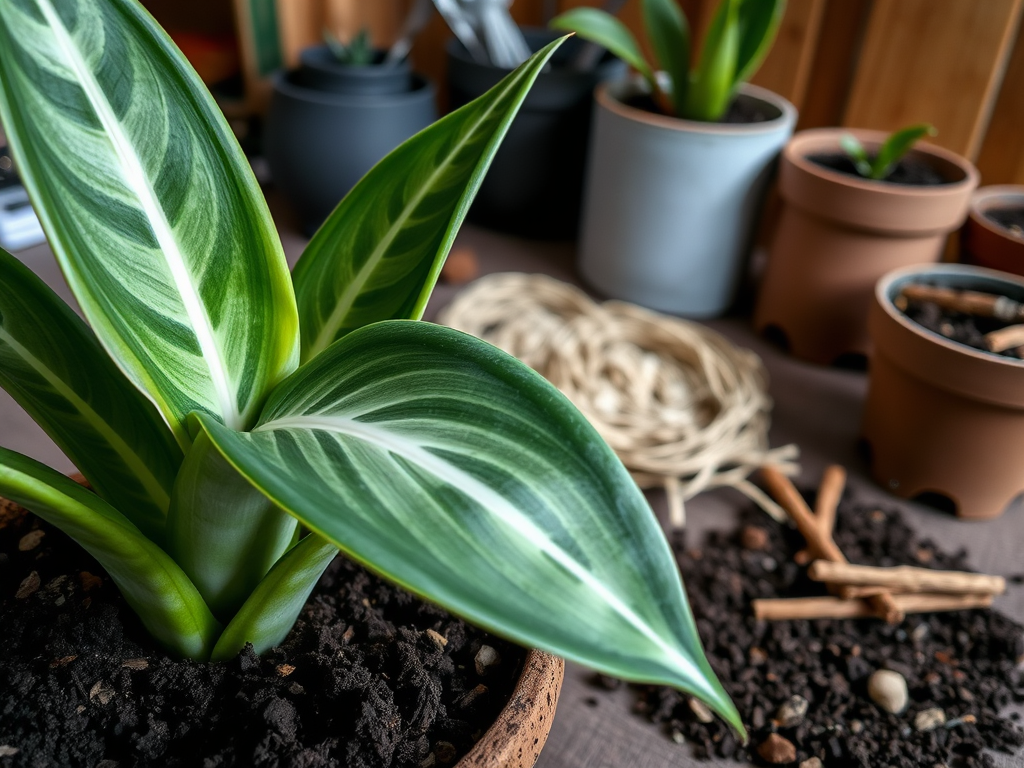
Finding the perfect spot for your snake plants can enhance both their growth and the overall aesthetic of your indoor jungle. They are quite flexible when it comes to light, thriving in indirect sunlight while being tolerant of lower light situations. Placing them near windows with filtered light can boost their growth and vitality. Think about the ambiance you want to create; grouping snake plants with other indoor flora can lead to a rich tapestry of greenery. Using various heights and arrangements allows you to cultivate depth in your plant display. Additionally, consider the temperature of the location—snake plants prefer warmer environments, ideally around 60 to 80 degrees Fahrenheit.
| Sunlight | Watering Frequency | Temperature Range |
|---|---|---|
| Indirect sunlight or low light | Every 2-8 weeks | 60-80 °F (15-27 °C) |
| Bright, filtered light | Every 2 weeks | Avoid frost and extreme temperatures |
Tips for Care and Maintenance
Keeping your snake plants healthy and vibrant is essential to a thriving indoor jungle. Despite their hardy nature, attention to a few care specifics will yield fantastic results. One of the most common mistakes plant owners make with snake plants is overwatering them. It is crucial to let the soil dry between watering cycles, as these plants are susceptible to root rot. Depending on humidity and temperature, you may find yourself watering every 2 to 6 weeks. Also, keep an eye on the type of soil you use; selecting a well-draining potting mix, like cactus or succulent mix, can make a world of difference in promoting healthy growth. Finally, dusting the leaves occasionally can help them breathe and improve photosynthesis.
Enhancing Your Indoor Jungle with Accessories
The beauty of your snake plants can be further accentuated with the right accessories. Choosing unique and stylish planters not only provides functional support for your plants but also serves as a striking decor element. Materials like ceramic, terracotta, and woven baskets can beautifully complement your interior style. Think about how you would like to integrate your snake plants into your overall design scheme. It’s also worth incorporating decorative elements such as fairy lights, stones, or figurines. These can draw the eye and create a feeling of whimsy and allure in your indoor jungle.
Conclusion
Bringing snake plants into your home can transform your space into a lush and inviting indoor jungle. Their minimal care requirements and aesthetic charm enable anyone to become a plant parent, regardless of experience. By carefully selecting their locations and enhancing their settings with decorative elements, you create not just a collection of plants but an immersive environment that resonates with life. With a little attention and creativity, your home can flourish with nature’s bounty.
Frequently Asked Questions
- What are snake plants? Snake plants, also known as Sansevieria or mother-in-law’s tongue, are hardy houseplants characterized by their tall, upright leaves.
- How often should I water my snake plant? Water your snake plant every 2-6 weeks, allowing the soil to dry out completely between waterings.
- Can snake plants survive in low light? Yes, snake plants are tolerant of low light conditions but will thrive better with indirect sunlight.
- What type of soil is best for snake plants? Use well-draining potting soil, preferably a cactus or succulent mix, to prevent root rot.
- Are snake plants toxic to pets? Yes, snake plants are considered mildly toxic to pets if ingested, so it’s best to keep them out of reach of cats and dogs.
